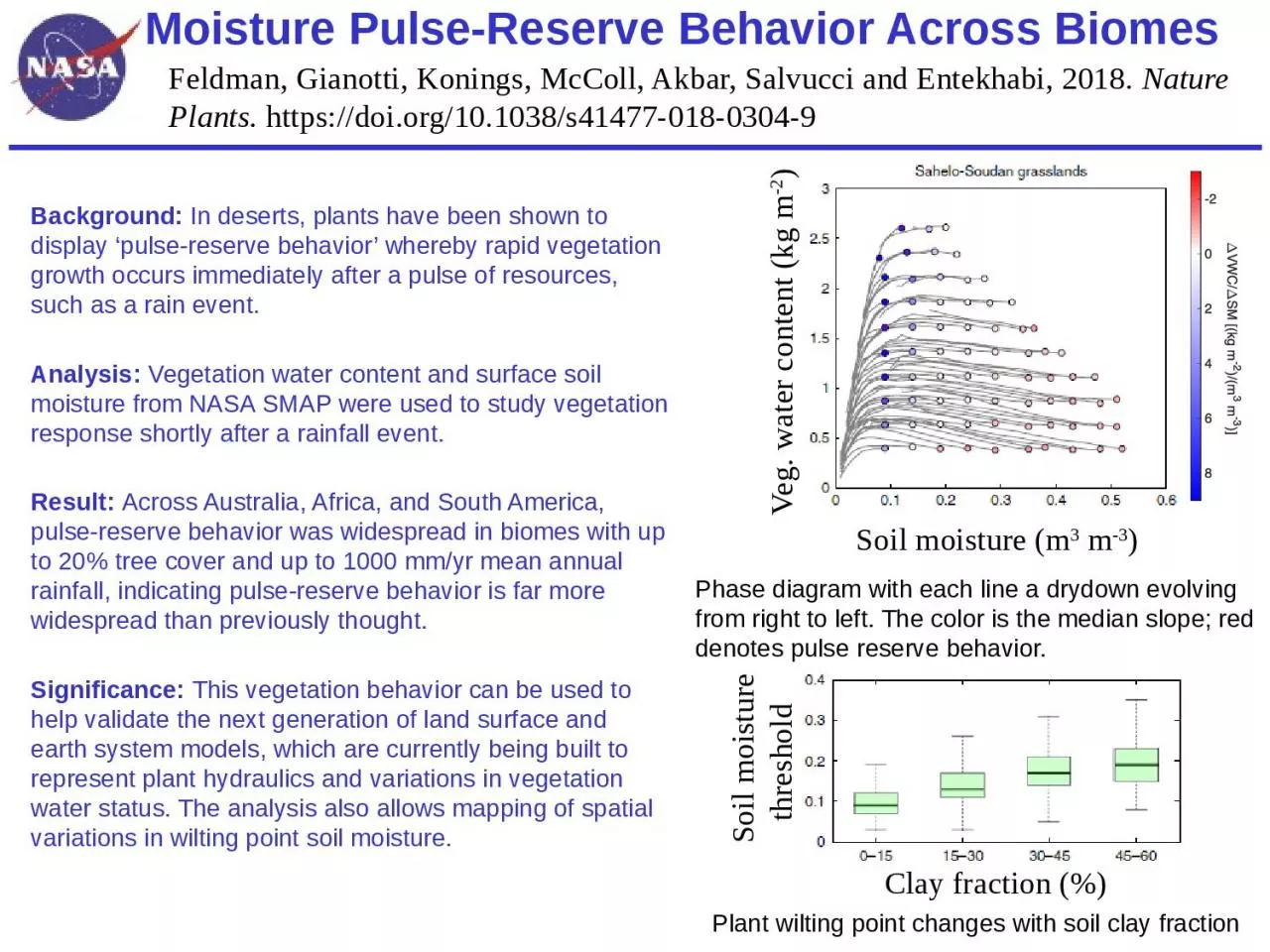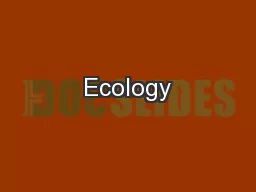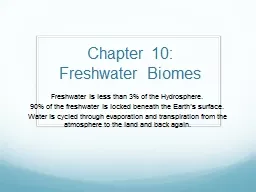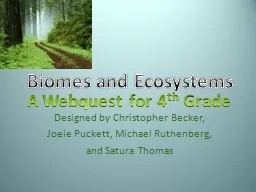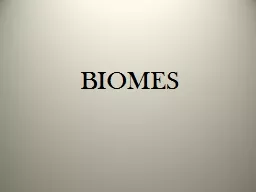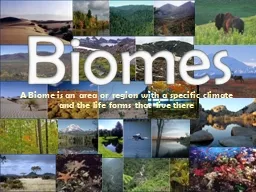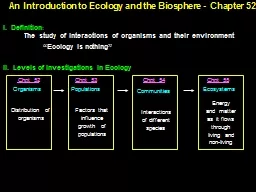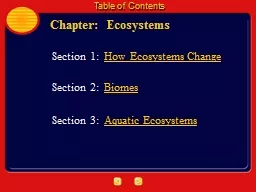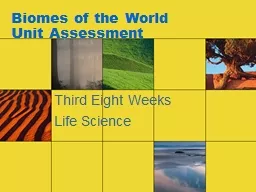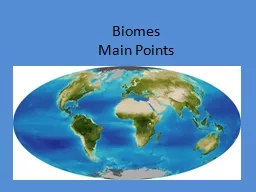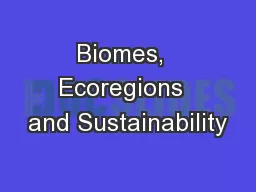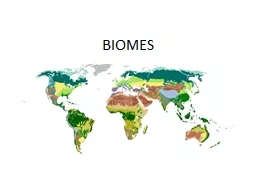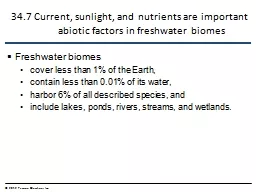PPT-Moisture Pulse-Reserve Behavior Across Biomes
Author : ella | Published Date : 2023-10-27
Feldman Gianotti Konings McColl Akbar Salvucci and Entekhabi 2018 Nature Plants httpsdoiorg101038s4147701803049 Background In deserts plants have been shown
Presentation Embed Code
Download Presentation
Download Presentation The PPT/PDF document "Moisture Pulse-Reserve Behavior Across B..." is the property of its rightful owner. Permission is granted to download and print the materials on this website for personal, non-commercial use only, and to display it on your personal computer provided you do not modify the materials and that you retain all copyright notices contained in the materials. By downloading content from our website, you accept the terms of this agreement.
Moisture Pulse-Reserve Behavior Across Biomes: Transcript
Download Rules Of Document
"Moisture Pulse-Reserve Behavior Across Biomes"The content belongs to its owner. You may download and print it for personal use, without modification, and keep all copyright notices. By downloading, you agree to these terms.
Related Documents

